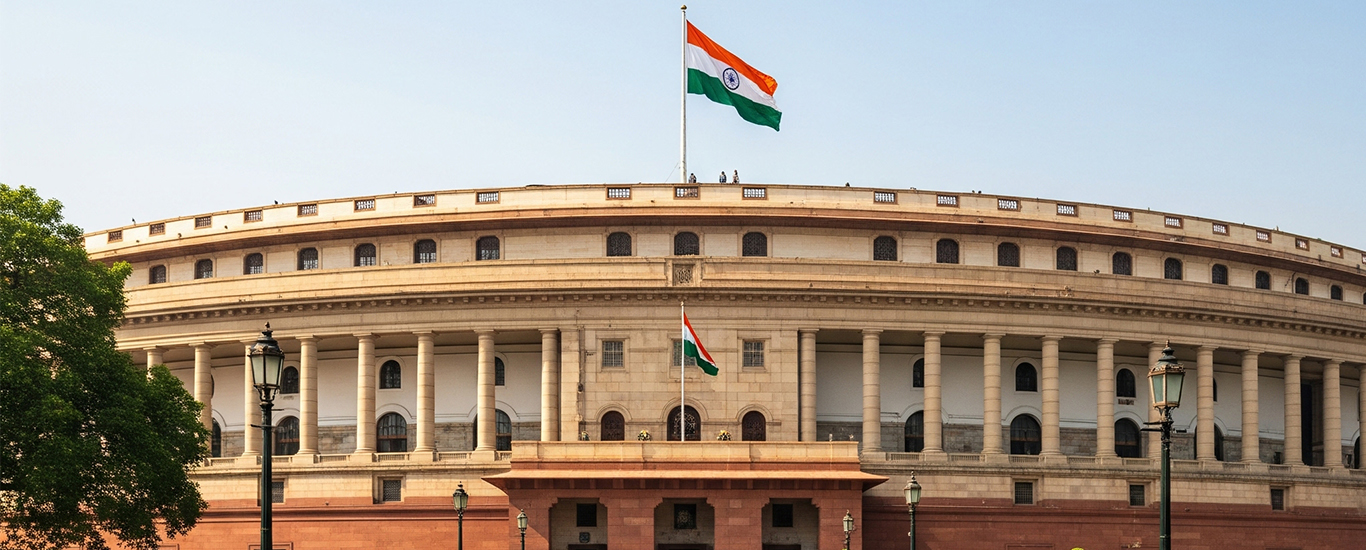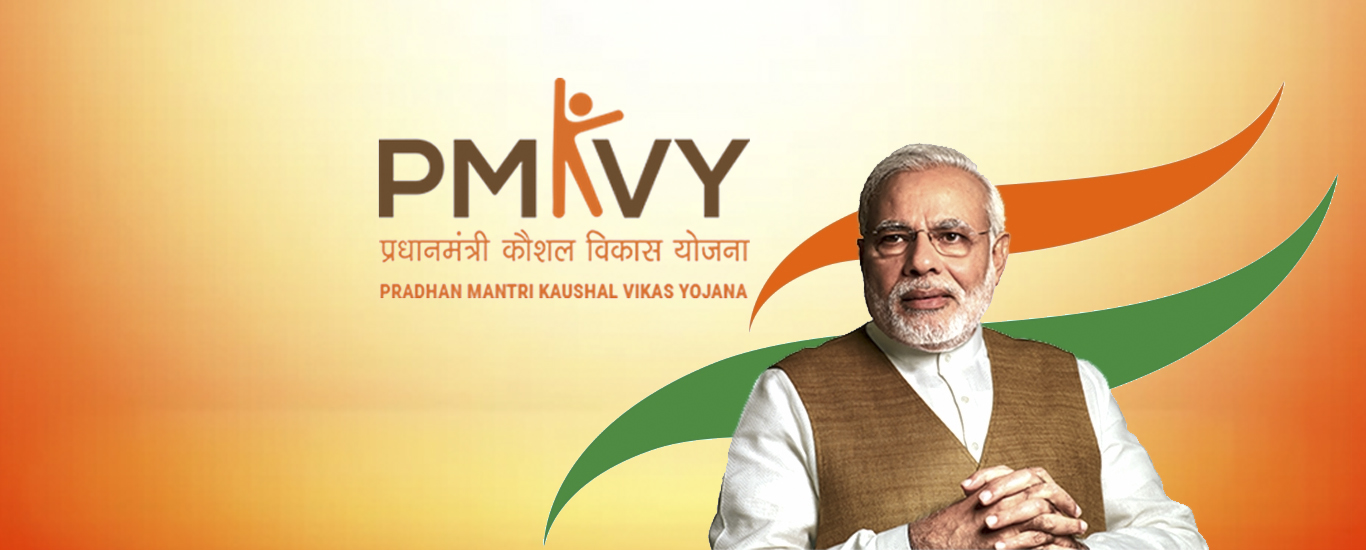Bharat Gaurav Scheme from Indian Railway –
One of the key elements of India is its tourism. It is one important factor for the country’s economy and is growing rapidly. In 2020, the World Travel and Tourism Council reported that the travel & tourism industry’s contribution to the GDP was US$ 121.9 billion and is predicted to reach US$ 512 billion by 2028. The tourism industry’s direct contribution in India to the GDP is expected to record an annual growth rate of 10.35 percent within 2019 and 2028.
The Indian Railways has declared the introduction of Bharat Gaurav trains In order to encourage, promote and attract tourism business which is going to be operated by private players. In this policy trains will run on theme-based circuits. With this policy, it provides the “Right of Use” of Indian Railways’ rakes and framework to operators, the national transporter has eased up and streamlined a part of operations that was instead implemented mostly by IRCTC. As these trains can be functioned by any entity, which includes state governments, it is conveyed that the policy is targeted at tour operators, an IE report said.
By theme-based tourism, the railways means trains like Guru Kripa that goes to all places related to Guru Nanak or a Ramayan-themed train to touch upon places related to Lord Ram, the railways said in a statement.
While launching it, Railway Minister Ashwini Vaishnaw said this would be a new segment in Indian Railways.
“All this while we had freight and passenger segments. Bharat Gaurav would be another new segment in train services,” he said. “Our country has such rich cultural heritage. These trains are meant to take tourists to experience the places with cultural heritage,” he told reporters.
The railways will establish distinct units in zones to accelerate and handhold the operators. Inside and on the exterior of the trains branding and advertisement are allowed.
How will these applications be processed?
There will be a distinct unit made in each zonal railway to process such applications and also serve applicants, and notice end-to-end procedural needs for the operators. Such units will assist operators in developing itineraries, public outreach, handling important approvals and the likes. The aim of the policy is to offer the operators a place to go to, like a single-window for all the requirements of the people when they interact with railways.
What do the operators do within the contract?
The operator will be able to handle the modifications like furnishings of the interiors of the trains if required within safety norms. It can be decided according to their need to have what kind of interiors or berth composition it wants. Anyhow it is not possible to interfere with or destroy important parts of the coach that have a bearing on safety and operation.
They will be able to name the circuit, the train and sell advertisement space. For business development and logistics, it can bind with entities and agencies, etc. It can work out on whatever food and entertainment to include for the best experience of the passengers.
But it is mandatory to make sure that the activities that are not approved by railway laws should not be taking place onboard these trains. It is said that the operators are not allowed to serve alcohol, states the policy.
The policy stayed silent on the matter of having non-vegetarian food, but officials said there isn’t a need for any restriction as it is permitted on the Indian Railway trains.
The essence of the policy is to provide operators overall freedom to run the business and create a business model in which Indian Railways will only run the trains physically, charge a fee and maintain them.
Coaches that have been earmarked
Conventional AC classes—I, II, III—are known to be earmarked including non-AC Sleeper coaches, pantry cars and AC chair cars under this policy. The operator has the right to develop a train with any mix relying on the type of customers it will target. More than 15 and up to 20 years old and more than 20 and up to 25 years old, these two are the age brackets where the coaches are earmarked. Fees or charges are dependent on the age they belong to.
‘Right of Use’ being charged
Depending on the type of coach taken and the term, the calculation of annual ‘Right of Use’ charges are done. In this scheme of Bharat Gaurav trains, the Right of Use charges of the first year should be paid upfront. Then the charges of the second year are required to be paid 15 days before the preceding year’s completion. Delay in the payment would lead to a penalty equivalent to the current interest rate of the bank plus 3% as administrative fee. If it is not paid within 30 days the Right of Use may be invalid.


